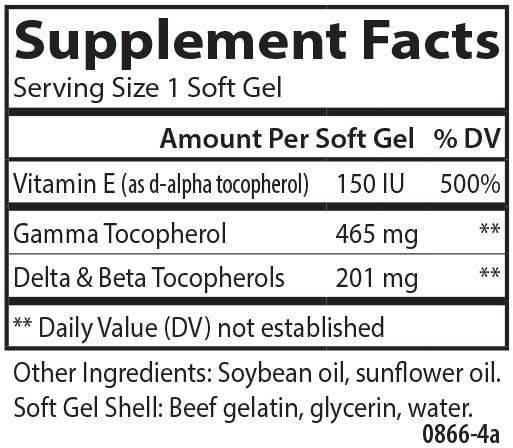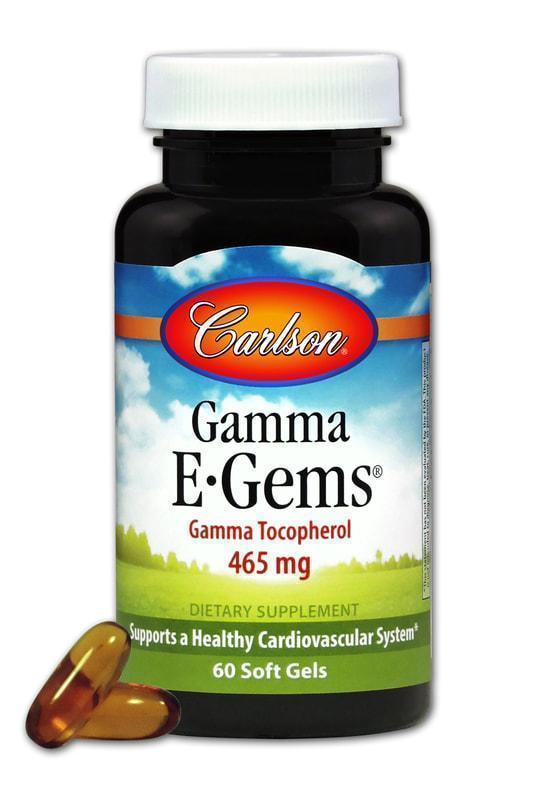[...]
Although having superimposable names, the bromelain of the stem is in fact a different protein than the bromelain of the pulp.
'Stem-bromelain (EC. 3.4.22.32) is distinguished from fruit-bromelain (EC. 3.4.22.33), previously called bromelin [2].' ―Maurer
'The substrate spectrum is similarly broad, extending from synthetic low molecular mass amides and dipeptides up to high molecular substrates such as fibrin, albumin, casein, angiotensin II, bradykinin. Bromelain preferentially cleaves glycyl, alanyl and leucyl bonds.' ―Maurer
So we are not limited to collagen. Bromelain appears capable of cleaving peptide bonds at short‐chain nonpolar amino acids. No mention is made of proline, and due to the unusual nature of the prolyl peptide bond the omission of such could perhaps be taken as synonymous with 'it don't.'
Even better than the opiate effects, they reduce antigenicity. For a peptide to be an antigen, is has to be over about 8–11 amino acids long. The fact that taking such enzymes reduces the interferon-γ spike that can be observed in some people after injesting gluten is another proof that these enzymes hydrolzye peptides into smaller fragments.
Now we do have such enzymes, on the intestinal brush border. However, sometimes—and perhaps from inflammation—the activities of the enzymes are obviously insufficient to hydrolyze all proline‐rich peptides. All of the experimental evidence accrued dealing with prolyl endopeptidase enzymes centered around the slightly larger immunogenic fragments.
But you would expect the opiate effects to be reduced proportionally.
I think they are safe, but the enzyme bromelain has shown to be absorbed as a high‐molecular weight species. But this is not necessarily a bad thing, as circulating prolyl proteases could help cleave circulating opiates. We already have one such circulating enzyme, called dipeptidy peptidase IV, which ostensibly plays a role in all of this. Perhaps low activity alleles are associated with exorphin sensitivity?
According to U.S. Patent № 6,251,391, circulating prolyl peptidases are thought to reduce circulating opiates.
Wilkinson, Randall Eugene. "Compositions containing dipepitidyl peptidase IV and tyrosinase or phenylalaninase for reducing opioid-related symptons." U.S. Patent № 6,251,391 (2001)
Interesting background on autism:
'Analysis of the urine of autistic children found hyperpeptiduria in the children, which means that the analysis found a significantly increased presence of peptides, in this case the exorphins casomorphin and gluteomorphin, in the urine of children. Reichelt et al. (1990); Reichelt et al., Brain Dysfunct., 4:308-319 (1991); Reichelt et al. (1994). Reichelt et al. (1994) hypothesized that the peptiduria was caused by insufficient breakdown of casein and gluten. Reichelt et al. (1991), at 308, also hypothesized that the release of the opioid-like casomorphin (from casein) and gluteomorphin (from gluten) were caused by a defect of peptidases in the patient. Accordingly, Reichelt et al. proposed a strict gluten-free and casein-free diet (i.e., strictly wheat-free and dairy-free). Reichelt et al. (1990) found that such a diet ultimately resulted in increased social contact, decreased stereotypy, an end to self-mutilation like head banging, and a decrease in dreamy state periods. Also, alimentary problems generally improved. Reichelt et al. (1990) at 5; accord Reichelt et al. (1991); Reichelt et al. (1994).' ―Wilkinson
'Ackerman (1997) hypothesized that the addition of papain, bromelain, and chymotrypsin to the diet of the patient might be beneficial. However, Ackerman never reported the actual use of any such enzymes, and his proposed combination would not be expected to work because chymotrypsin, according to Reichelt et al. (1994) at 79, is one of the digestive enzymes (as well as trypsin and the hormone secretin) believed to release the detrimental opioid sequences. Papain and bromelain are, likewise, broad-spectrum digestive enzymes that would also have a reasonably high chance of actually increasing the amount of opioids, i.e., casomorphins or gluteomorphins, instead of reducing them (absent the additional use of an agent to specifically inhibit the casomorphin or gluteomorphin, as discussed further herein).' ―Wilkinson
Interesting stuff:
'Read labels—items like bread and tuna fish often contain milk products. [?]' ―Wilkinson
While reading food labels is always a good idea, going to grocery stores which put milk in tuna fish is not.
The patent holder shamefully appeals to emotion; judge breaks‐out in tears; this should perhaps be rewritten or his patent revoked:
'When administered to human patients suffering from autism, without restriction on the normal diet of the patients, the compositions and methods reduced one or more symptoms of autism, such as increased eye contact, better enunciation and use of pronouns, less fatigue, singing a song for the first time with the melody and words together and the entire song understandable, playing with age appropriate friends for the first time, fewer tantrums, better sleep patterns, improved politeness and coordination, being more loving, acknowledging another individual's emotion, increased voice and word association and, in one case, noticing that a calendar needed changing. [He forgot to add 'frolicking through a field of daisies in the springtime with bunnies and fawns' and 'dutifully mastering the piano at an early age with one hand while painting van Dyck replicas with his other.'] In addition, the present invention provides compositions and methods that inhibit gluteomorphin and casomorphin, and other exorphins, from sources other than casein and gluten, which assists in the treatment of the exorphin-related diseases for persons that are already wheat-free and dairy-free, yet are still ingesting, or otherwise taking in, exorphins from other sources.' ―Wilkinson
Now for the important stuff:
'In a preferred embodiment, the casomorphinase is a proline protease, further preferably a protease comprising the dipeptidase activity of dipeptidyl peptidase IV.' ―Wilkinson
Be he doesn't seem to present any evidence that this will work. But theoretically, you could be almost certain that it would—it really ought to.
And with the supplementation of commercial enzyme capsules around the time of consumption—such as those containing bromelain or prolyl endopeptidase—all dangerous peptides should be deftly broken down into individual amino acids or harmless short di- and tri-peptides. After eating bread in that way, you'd only then have to worry about the reduced iron and aluminum that it might contain (read label).
@Travis I recklessly butchered your posts but encourage anyone interested in them to click on the arrow and go read them in their entirety. I'm considering adding bromelain to gelatin (and generally speaking, to meals) before eating and see how I fare with it since I've had issues when it was simply dissolved in hot water. After all the activity of bromelain is measured in GDU, gelatin digestive units, so it should help. If I understand correctly does the first quote means bromelain wouldn't be able to reduce the opiate effects of dairy because it doesn't affect proline bonds? I guess instant decaffeinated coffee (e.g. for those who don't want caffeine at night) would be a good idea.There's actually been a study on bromelain showing it can hydrolyze gluten to the point of it being completely nonimmunogenic. Papain has actually been more thoroughly studied, as it seemed to have been more of a standard 'research chemical' a few decades ago, but with conflicting results. Initial reports showed that it completely hydrolyzed gluten, but a later investigator had showed that it didn't do anything besides an insignificant deamination of glutamine to glutamate. Later articles had proposed the explanation that only 'crude papain,' as was used initially, was able to do this and purified papain is largely inactive. Crude papain contains many other enzymes than simply papain, yet is still called 'papain,' and is a material which represents the unresolved dried latex exudate from scored green papayas. The papain for sale in grocery store is likely purified and crystallized papain, and I wouldn't expect it to work based on the studies I had read. However, I would expect bromelain to work.
Last edited:


